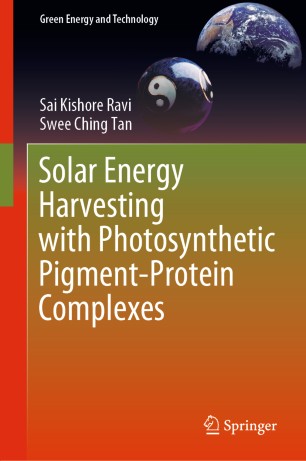

Most ebook files are in PDF format, so you can easily read them using various software such as Foxit Reader or directly on the Google Chrome browser.
Some ebook files are released by publishers in other formats such as .awz, .mobi, .epub, .fb2, etc. You may need to install specific software to read these formats on mobile/PC, such as Calibre.
Please read the tutorial at this link: https://ebookbell.com/faq
We offer FREE conversion to the popular formats you request; however, this may take some time. Therefore, right after payment, please email us, and we will try to provide the service as quickly as possible.
For some exceptional file formats or broken links (if any), please refrain from opening any disputes. Instead, email us first, and we will try to assist within a maximum of 6 hours.
EbookBell Team

5.0
28 reviewsThis book chronicles a few approaches to constructing biohybrid devices using photosynthetic protein complexes. Can the abundantly available solar energy be tapped to meet our rising energy demands using green and cheap active materials? Exploring nature’s own tiny solar factories, the photosynthetic proteins could hold the key. Photosynthetic pigment-protein complexes found in plants and certain types of bacteria transduce sunlight into biologically useful forms of energy through a photochemical charge separation that has a 100% quantum efficiency. Getting the photoproteins to perform this efficient energy conversion reaction in a semi-artificial setup is central to developing biohybrid solar technologies, a promising green alternative to today’s photovoltaics. This book looks into the existing challenges and opportunities in the field of biohybrid photovoltaics and provides a few prospective methods of enhancing the photocurrent and photovoltage in these devices. The book targets the readership of students, academics, and industrial practitioners who are interested in alternative solar technologies.